Rhine Falls Facts
- Intriguingly, probably the most noteworthy fact about the magnificent product of natural forces named Rhine Falls remains its specific status. That statement holds true because the amazing feature ranks as the largest waterfall on its entire continent.
- Consequently, and not at all surprisingly, its natural magnificence has played a very important cultural role. It’s served to inspire authors, poets, and painters for centuries. Sadly, though, this marvelous wonder has its fair share of concerns.
- That’s because the sheer power of this geological marvel often makes it a potential source of hydroelectric energy for surrounding regions. Thankfully, the continued public pressure to preserve the beautiful waterfall has thus far prevailed.
- Fortunately, the breathtaking cascade has never actually been used for generating electricity. Efforts to continue that pleasant trend continue even today. Mankind has, however, utilized its extraordinary power in numerous other ways in the past.
- In fact, the tremendous strength of the powerful Rhine Falls has previously been utilized as a source for both a mill and an iron ore smelting facility. The cascade presently remains one of the most popular tourist sites in the entirety of its region.
- In a pleasantly ironic twist, this phenomenal fact represents one of the reasons hydroelectricity has been ruled out. Coincidentally, the historic and picturesque presence of Worth Castle in its immediate vicinity also augments the site’s beauty.
Related Articles
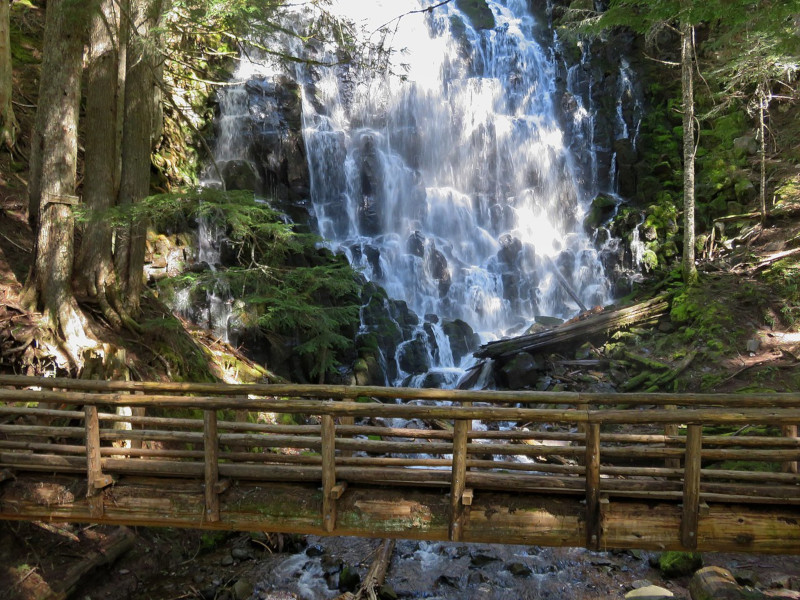
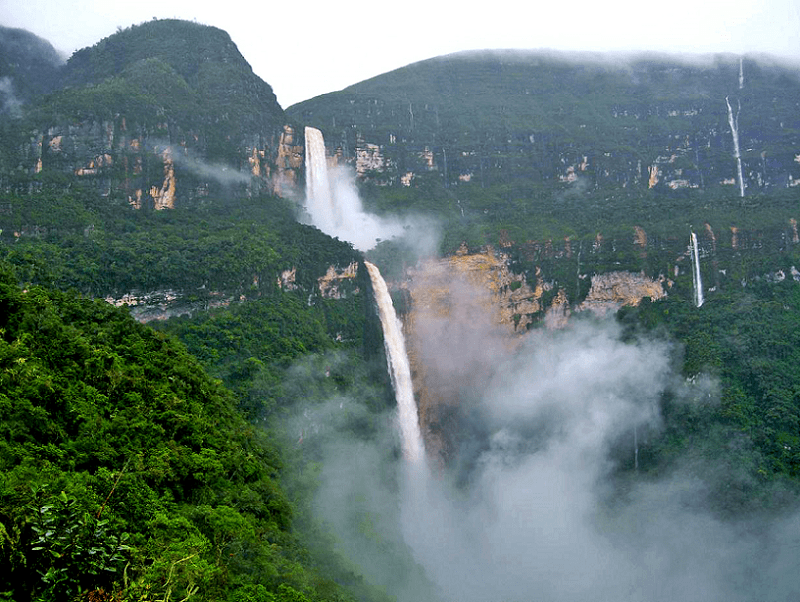
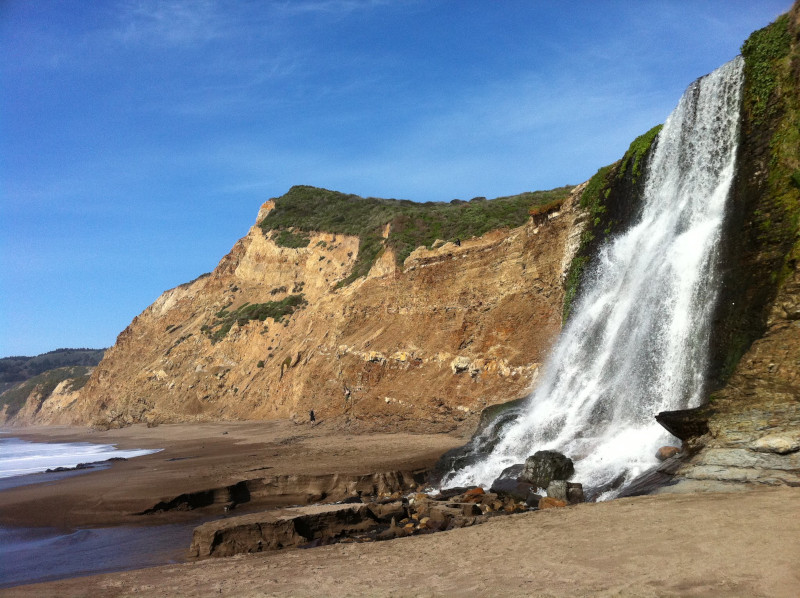
Rhine Falls Physical Description
The astonishing Rhine Falls instantly mesmerizes those fortunate enough to visit it. Obviously, its pure beauty contributes to this, but that’s not all. It’s also an impressively large site. In fact, the marvelous cascade measures roughly 490 ft (150 m) in overall width.
The waterfall itself also boasts a moderate drop measuring a total of about 75 ft (23 m). This marvelous flow itself additionally sits at an elevation that measures roughly 1,194 ft (364 m). As remains common, the cascade does not retain the same dimensions at all times.
In fact, its flow rate naturally varies by season, as holds true for the great majority of similar features found around the world. In its specific case, though, this particular characteristic typically measures greater in the summer than other times of the year.
This variation happens due to run-off from melting snowfall in the neighboring mountains. In winter, the flow rate generally measures around 8,800 cu ft/s (250 cu m/s). But during the summer months this increases dramatically to a massive 21,000 cu ft/s (600 cu m/s).
As holds true of most cascades in its part of the world, due to the dominant geology, the base it flows over primarily consists of limestone. The out-flowing riverbed following the waterfall itself possesses a moderately deep cover of gravel, likely from glacial activity.
The World Waterfall database officially lists Rhine Falls as a magnificent example of what experts call a Segmented Block waterfall. Falls receive this classification when the river is split into separate channels by the presence of a rock or island across the width of the falls.
Rhine Falls Location and Formation
The magnificent Rhine Falls formed in a region of the globe well known for the presence of countless natural marvels. That broader location won’t surprise many people. That’s because it appears in a portion of the amazing contient now known as Europe.
Within this larger landmass, the waterfall sits inside the borders of the country of Switzerland. The geological forces of Nature placed the powerful fow of water on the High Rhine. It sits near the border between the cantons of Zurich and Schaffhausen.
The origins of this work of time and natural forces reach far back in time, when compared to human civilization, at least. Remarkably, these magnificent falls formed sometime between 14,000 – 17,000 years ago. This puts its creation sometime during the last ice age.
This formation subsequently occurred because melting glaciers filled channels carved out by their previous expansion. This melting generated torrential amounts of runoff. Originally, the source of the Rhine Falls, the Rhine river, once flowed in another direction.
Painstaking research indicates that it moved to its current course approximately 132,000 years ago. This consequently allowed for the formation of the waterfall once the glaciers retreated, as the moving water eroded the surrounding limestone of its course.
Features Sharing Its Region
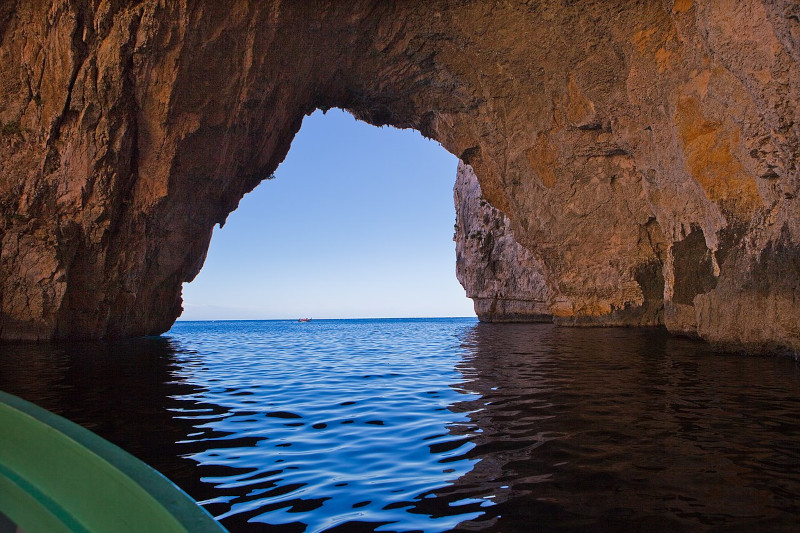
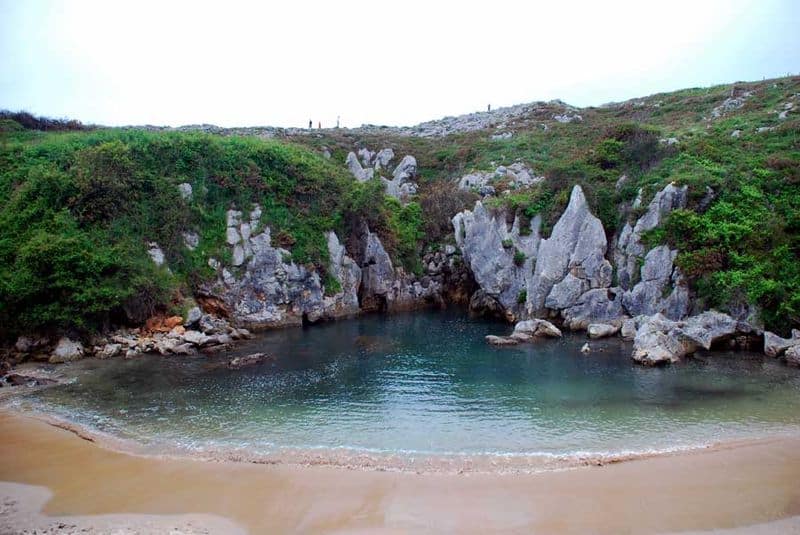

Check out our other articles on 7 Spectacular Geological Marvels of Europe, Leatherback Sea Turtle, Lake Toba, Colorado Columbine, Giant Oarfish, Giant Leopard Moth, Little Penguin
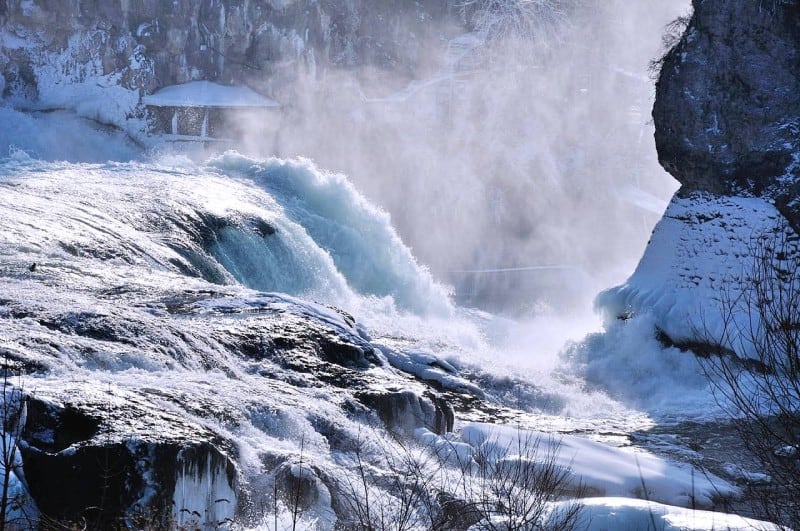
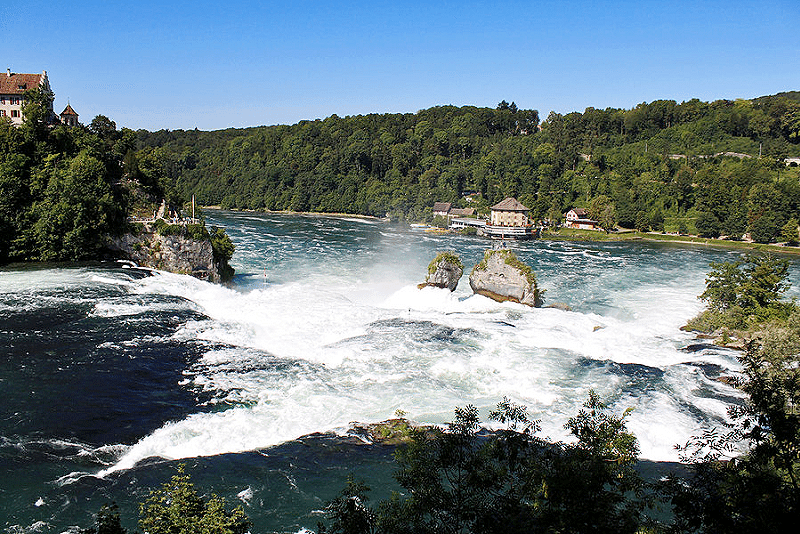
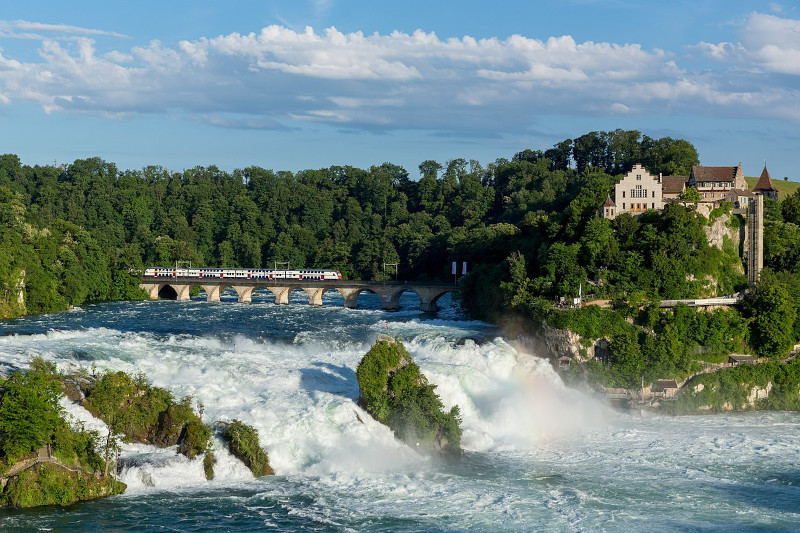









Leave a Reply